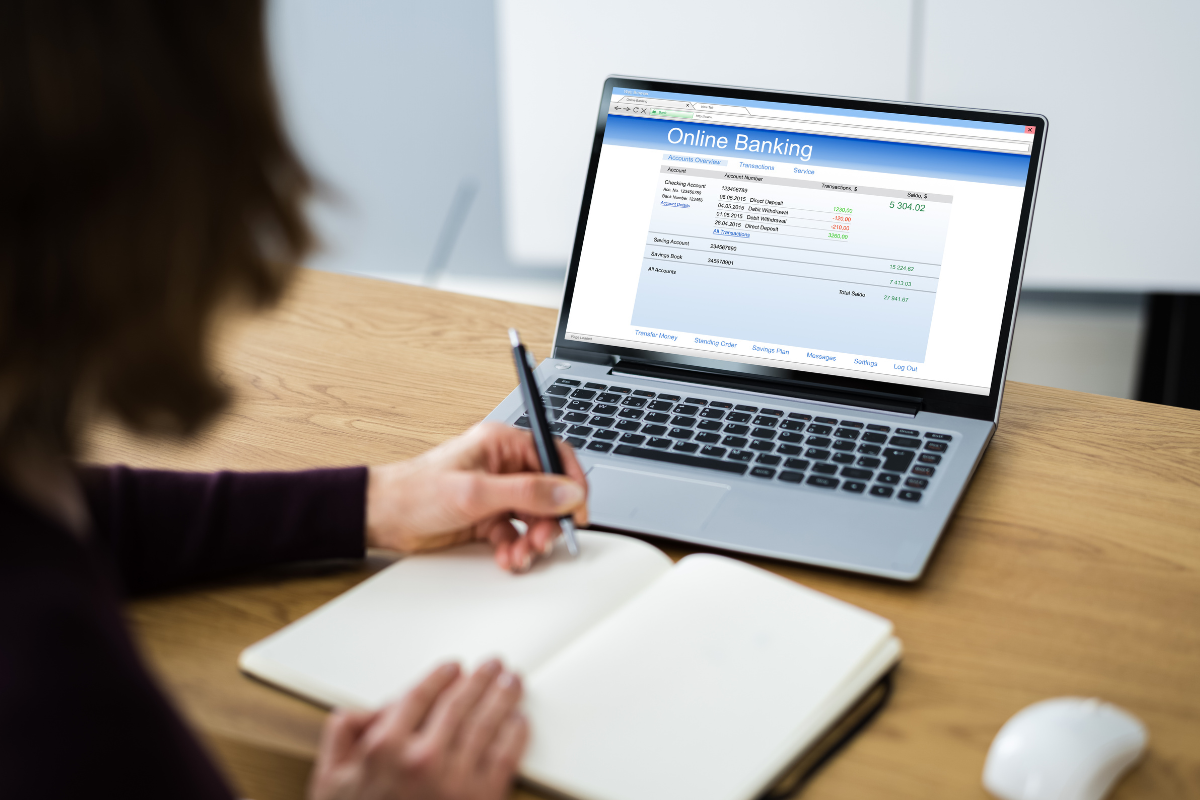In an era where digital payments dominate, Singaporeans are increasingly turning to smarter ways to manage their spending. Among these, LifeSG credits and CDC (Community Development Council) vouchers serve as a valuable government-led initiative to ease the cost-of-living pressures for households. While these resources provide much-needed relief, their strategic use requires a degree of financial prudence.
This article explores the rationale behind why you should only use LifeSG credits and CDC vouchers when credit card payments are not permitted, and how to maximise their benefits without compromising other financial advantages—particularly those linked to credit card usage.
Understanding LifeSG Credits and CDC Vouchers
What Are LifeSG Credits?
LifeSG credits—formerly part of various schemes such as the Solidarity Payment, GST Voucher top-ups, and SkillsFuture credits—are typically credited to an individual’s account via the LifeSG app or associated platforms. These digital credits are intended to support Singaporeans in areas such as family planning, healthcare, learning, and daily needs.
What Are CDC Vouchers?
CDC vouchers, distributed by the five Community Development Councils in partnership with the Singapore government, are part of the government’s larger scheme to support heartland merchants and hawkers while helping Singaporean households defray daily living costs. In 2024 and 2025, eligible Singaporean households received up to $500 in CDC vouchers, redeemable at participating outlets.
The Primary Limitation: Scope of Use
- Although LifeSG credits and CDC vouchers are beneficial, they come with constraints.
- Limited Participating Merchants
CDC vouchers can only be used at approved hawker stalls, heartland shops, and selected merchants listed on the CDC website or app. Similarly, LifeSG credits are typically channelled towards specific categories such as childcare services or healthcare providers, and not all vendors accept them. - Time-Bound Expiry
These vouchers and credits usually come with a fixed expiry date, urging recipients to spend them within a set timeframe or risk forfeiture. - No Stackable Benefits
Unlike credit cards, these credits do not offer cashback, reward points, air miles, or tiered loyalty perks. Every dollar spent is neutral in value—what you see is what you get.
Credit Cards: The Financial Power Tool
Before examining why LifeSG credits and CDC vouchers should be used only as a last resort, it’s important to acknowledge what one forfeits by using them in place of a good rewards-based credit card.
1. Cashback Rewards
Many credit cards in Singapore offer generous cashback rates ranging between 1.5% and 8% or more, depending on category and spending thresholds. For instance:
- UOB One Card: Up to 10% cashback on groceries, dining, and transport.
- OCBC 365 Card: 6% cashback on dining and 5% on groceries.
Using a voucher instead of a cashback card could mean missing out on tens or even hundreds of dollars annually in savings.
2. Air Miles and Travel Perks
If you’re someone who travels frequently, air miles credit cards offer significant long-term value. For example:
- DBS Altitude Visa Signature: Earns 1.2 miles per S$1 local spend.
- Citi PremierMiles Card: Allows miles to be transferred to multiple airline partners.
Redeeming purchases with CDC vouchers or LifeSG credits means you lose out on the opportunity to accumulate miles for future travel.
3. Purchase Protection and Extended Warranty
Many credit cards provide consumer protection such as refund facilitation, fraud protection, and extended warranty on big-ticket items. Transactions made through vouchers or LifeSG credits do not come with such buyer security.
Why Prioritise Credit Card Use First?
A. Opportunity Cost of Spending Without Returns
The concept of opportunity cost plays a vital role here. When you spend $10 using a voucher, you save $10 upfront. But had you used a cashback card with a 6% rebate, you could earn $0.60 back, while keeping your voucher balance for a non-card-accepting purchase. Repeat this over multiple purchases, and the cost of convenience can run into hundreds per year.
B. Vouchers Have a Fixed Shelf Life—Your Credit Card Benefits Don’t
CDC vouchers typically expire within the calendar year. Meanwhile, your credit card earns rewards consistently, and often with no expiry or long expiry periods (miles or points can sometimes last up to 3 years). Strategic shoppers maximise their purchases using credit cards first and reserve vouchers for time-limited, non-credit-card opportunities.
C. More Flexibility in Emergency Spending
Credit cards offer a revolving line of credit—useful in months when unexpected expenses arise. Vouchers, on the other hand, do not increase your liquidity. Once they’re gone, they’re gone.
Best Practices: Smart Usage of CDC Vouchers & LifeSG Credits
1. Reserve Vouchers for Non-Credit Card Transactions
Many heartland hawkers, wet markets, and smaller traditional retailers do not accept card payments. These should be your first-choice venues for spending your CDC vouchers. In these scenarios, there’s no lost opportunity, since cards wouldn’t have earned you anything anyway.
2. Track Expiry Dates
Use the LifeSG app or CDC Voucher website to set calendar reminders a few weeks before the expiry. This ensures you don’t panic-spend vouchers on things you don’t need, or worse, forget to use them entirely.
3. Stack Government Credits with Store Discounts
Although you can’t earn rewards with government credits, you can still combine them with in-store offers. Look for discounts like:
- “Spend $10, get $2 off” promotions.
- Limited-time hawker deals.
- Community Fair bundles at heartland centres.
This allows you to stretch the dollar value of your vouchers beyond their face value.
4. Avoid Splurging on Wants Instead of Needs
Many people fall into the trap of using credits for luxury snacks, bubble tea, or excess takeaways simply because they are “free” money. However, using them to offset grocery bills or health-related spending is a far more financially sound move.
Case Study: Calculating Lost Rewards Value
Let’s say a family spends $400 per month on groceries and hawker food. If they use a cashback card with 5% cashback:
- $400 × 5% = $20/month or $240/year in cashback.
If they instead spend $400 worth of CDC vouchers over the same period on merchants that also accept cards, they get no rewards.
Now imagine if they preserved the vouchers for stalls that don’t accept cards, and used their credit card elsewhere. They could still benefit from the government help and bank rewards—a win-win.
When It Makes Sense to Use Vouchers Over Cards
Of course, there are scenarios where vouchers take the lead:
- Small-Value Purchases at card-unfriendly locations (e.g., kopi stall).
- Daily Needs in Budget-Constrained Months, especially for households with low liquidity.
- Support Local Initiatives, since CDC vouchers directly support SMEs and heartland vendors.
These are justified uses. However, their use at modern retail stores or supermarkets that do accept cards represents a lost financial opportunity.
Final Thoughts: Vouchers as a Supplement, Not a Substitute

CDC vouchers and LifeSG credits are gifts from the government. But like any gift, their value is maximised when used strategically. Credit cards, if managed well, offer ongoing and compounding benefits that vouchers cannot match.
Hence, the best approach is a hybrid one: Use your credit card first for reward-friendly transactions, and reserve your vouchers for purchases where cards are not accepted. This allows you to maximise returns from both financial instruments without overlapping their utility.
Treat CDC vouchers and LifeSG credits as tools to stretch your dollar further—not as the default mode of payment. After all, in personal finance, it is not just about saving money—it’s about using every dollar to its fullest potential.



